Editor’s note: This article was originally published on 25 July, 2019, a day after China published a white paper on its defence and security strategies. It is being republished in light of Monday night’s standoff in Ladakh between Indian and Chinese forces that claimed the lives of around 20 members of Indian Army personnel. On 24 July, 2019, the State Council of the People’s Republic of China published a white paper on China’s defence and security posture. While the India-specific content of that document is relatively staid, the white paper is extremely vital for New Delhi in one specific way: By publishing the composition of China’s military budget between 2010 and 2017, it allows the government and analysts to compare the People’s Republic’s defence spending patterns with those of India. Earlier on 25 July, the chief of the Indian Navy Admiral Karambir Singh noted that that when it comes to the People’s Liberation Army (PLA), the white paper shows that a “(l)ot of resources have been shifted from other arms to the PLA Navy, obviously in line with their intention to become a global power.” A comparative analysis of India’s defence spending patterns with those of China in the time frame the new Chinese defence white paper considers indeed confirms Admiral Singh’s observation in a larger sense. While China continues to outspend India when it comes to defence by almost three times (Figure 1), it is what China spends on – and the larger shift in Beijing’s military spending priorities – that should be of concern to India. [caption id=“attachment_7057221” align=“alignnone” width=“825”] 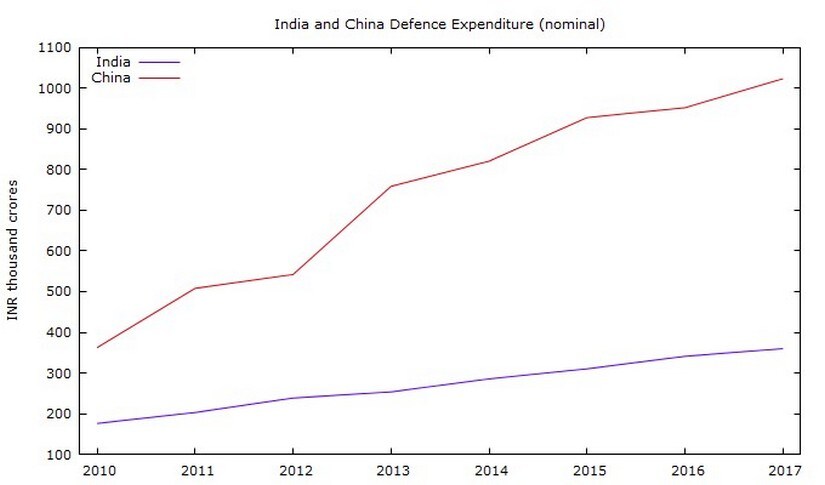 Figure 1[/caption] In 2010, in nominal terms, China spent a little more than twice as much as India on defence. By 2017, this had increased to a factor of 2.8. In fact, both militaries continue to spend considerable sums on personnel costs. In India’s case, that increased from a little more than 89 thousand crore rupees in 2010 to an astounding 2,11,744 crore rupees in 2017 (Figure 2). Much of this increase in personnel costs in India’s military expenditure has to do with the severe pressure of pensions – mostly for Indian Army personnel – on the total Ministry of Defence allocations. [caption id=“attachment_7057261” align=“alignnone” width=“825”] 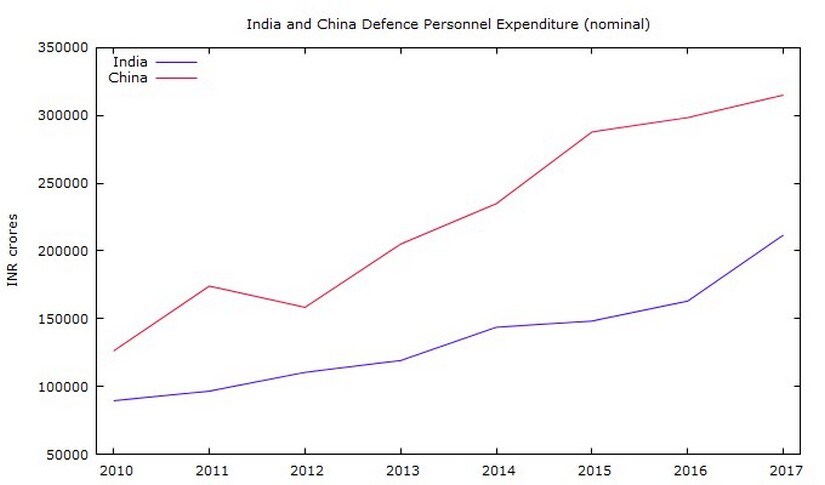 Figure 2[/caption] China too continues to spend substantial sums on its soldiers, airmen and sailors; in 2017, it stood at more than three lakh fourteen thousand crore rupees. That said, China’s quest to reduce this burden has a long history. Following the announcement of a new military strategy of fighting “local wars under high-technology conditions” in 1993 – which in itself was a result of a careful study of how the United States managed to obliterate a manpower-heavy Iraqi Army quickly during the First Gulf War – Beijing trimmed its military personnel size by five lakh soldiers. The size of the Chinese army itself was reduced by almost 19 percent. The goal to move away from a manpower-heavy army-centric military acquired a further serious push when Xi Jinping assumed office as China’s president in 2013. It is, however, the amount that China’s spends on new defence equipment compared to India that is the source of the true alarm (Figure 3). [caption id=“attachment_7057251” align=“alignnone” width=“825”] 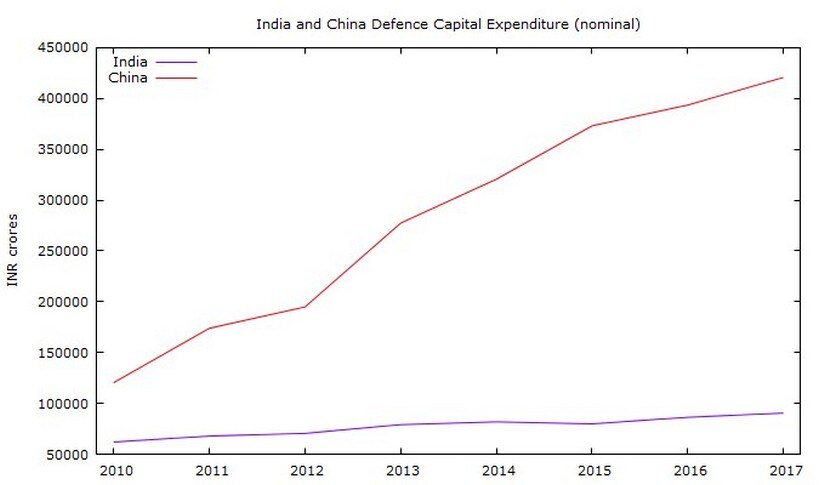 Figure 3[/caption] In 2010, China spent a little less than two times as much on new military equipment as India; by 2017, this had increased to more than four-and-a-half times. This resulted in the relative military balance between the two countries rapidly shifting in China’s favour. To get to the heart of why this has happened, we must compare how much each country spends on its military personnel to every rupee it spends on new defence equipment (Figure 4). [caption id=“attachment_7057271” align=“alignnone” width=“825”] 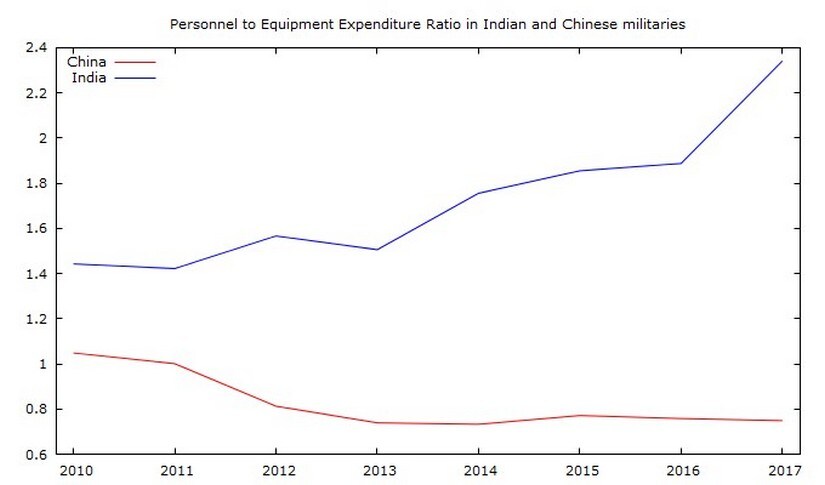 Figure 4[/caption] In 2010, for every one rupee China spent on new military equipment, it spent about 1.04 rupees on its personnel cost; over seven years, this ratio had come down to 75 paise. In India’s case, an exact opposite pattern has emerged. In 2017, India spent more than 2.3 times on its personnel costs than what it did on buying new equipment, an increase from its 2010 ratio of a little more than 1.4. In a _Firstpost_ article in March, I had written that the Indian military’s “predilection of man over machine” runs the risk of being its undoing. Comparing the Indian numbers next to those of China shows how dire the situation really is.
On Wednesday, the State Council of the People’s Republic of China published a white paper on China’s defence and security posture.
Advertisement
End of Article


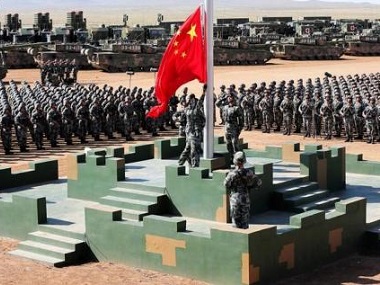)

)
)
)
)
)
)
)
)



